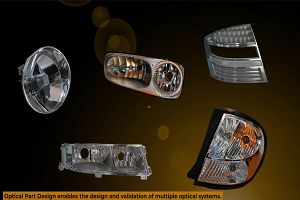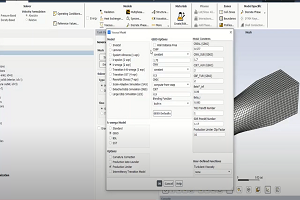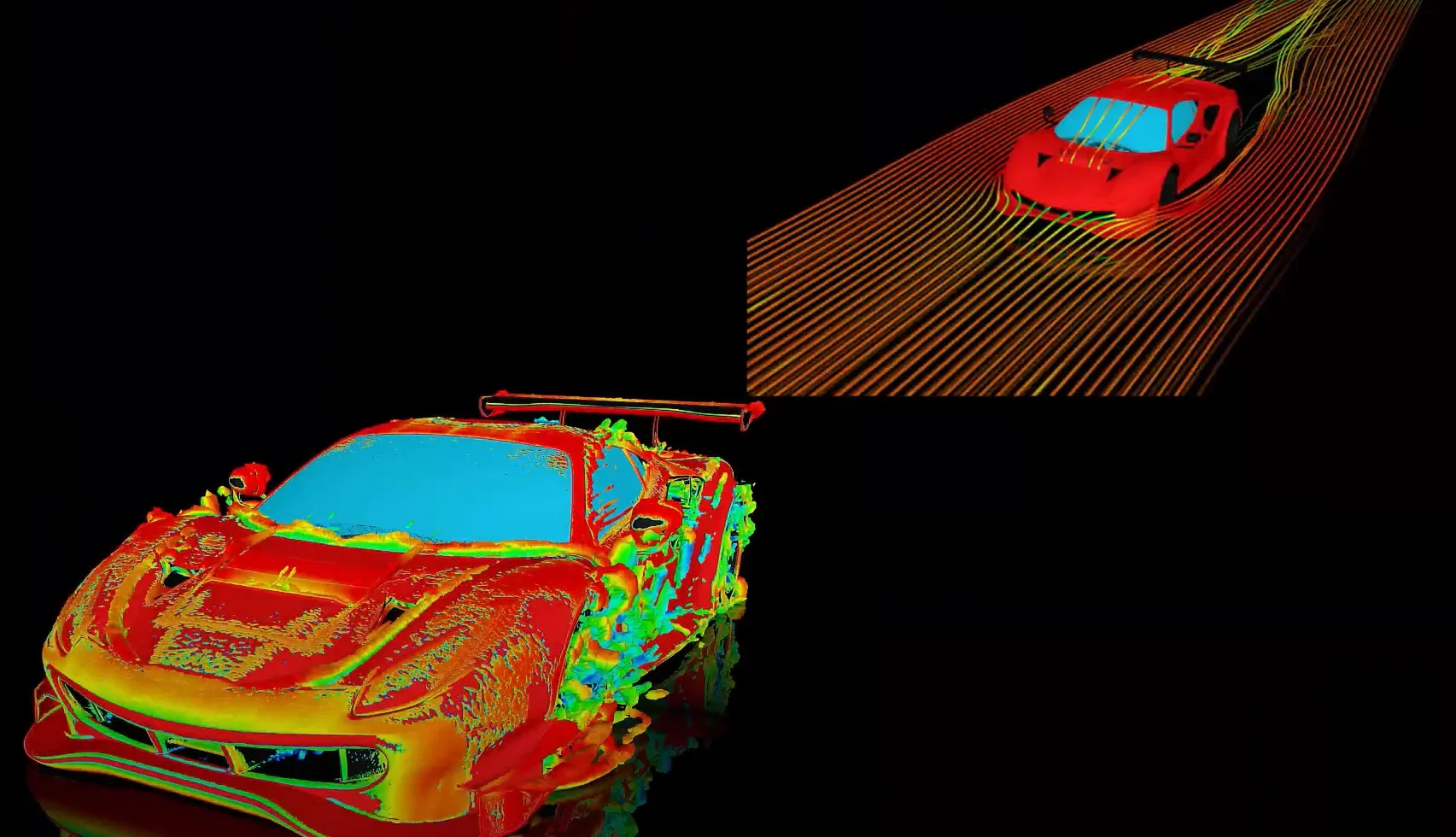Why might the calculated heat reaction load for a closure with interior surface to surface radiation be incorrect?
Tagged: 19.1, General, mechanical, radiation, structural-and-thermal, structural-mechanics
-
-
March 17, 2023 at 9:00 am
 FAQParticipant
FAQParticipantOne possible explanation is that the default convergence tolerances are too loose. You might need to tighten the tolerances (CVNTOL). With surface-to-surface radiation the radiosity solver uses a decoupled approach. The surface temperatures of the radiating surfaces are used to calculate the radiative heat flux. This calculated radiative heat flux is then applied to the FE model for the conduction analysis. With this decoupled approach, the heat flow rate vector can become ‘large’ causing the convergence tolerance to become ‘loose’. Thus, for some models, the convergence criterion (tolerance) needs to be tightened. With the default criterion, convergence can be achieved prematurely before obtaining a correct heat balance. The automatically calculated default criterion is based on the applied load, but radiation in a perfect cavity is not actually an ‘applied load’. It should cancel out (heat is not input or removed from a perfect enclosure). However, when setting the default criterion, the solver treats the radiative heat flux as an external load (since it is applied like an external load). Thus, the default criterion can be too loose to obtain convergence.
-


Introducing Ansys Electronics Desktop on Ansys Cloud
The Watch & Learn video article provides an overview of cloud computing from Electronics Desktop and details the product licenses and subscriptions to ANSYS Cloud Service that are...

How to Create a Reflector for a Center High-Mounted Stop Lamp (CHMSL)
This video article demonstrates how to create a reflector for a center high-mounted stop lamp. Optical Part design in Ansys SPEOS enables the design and validation of multiple...

Introducing the GEKO Turbulence Model in Ansys Fluent
The GEKO (GEneralized K-Omega) turbulence model offers a flexible, robust, general-purpose approach to RANS turbulence modeling. Introducing 2 videos: Part 1 provides background information on the model and a...

Postprocessing on Ansys EnSight
This video demonstrates exporting data from Fluent in EnSight Case Gold format, and it reviews the basic postprocessing capabilities of EnSight.

- How to reduce contact penetration?
- How to decide which side should be Contact and which should be target in Contact definition?
- What is the difference between secant and instantaneous coefficients of thermal expansion (CTE)?
- Does ECAD trace mapping support more than one type of trace material (usually copper) in the same layer?
- How to use the Newton-Raphson residuals option under Solution Information?
- How to plot stresses of a beam connection in Workbench?
- How can I understand Beam Probe results?
- How to find total heat flowing through a surface in Mechanical?
- Difference Between Environment Temperature and Reference Temperature in Mechanical
- How can I apply a controlled rotation in ANSYS Mechanical

© 2025 Copyright ANSYS, Inc. All rights reserved.

